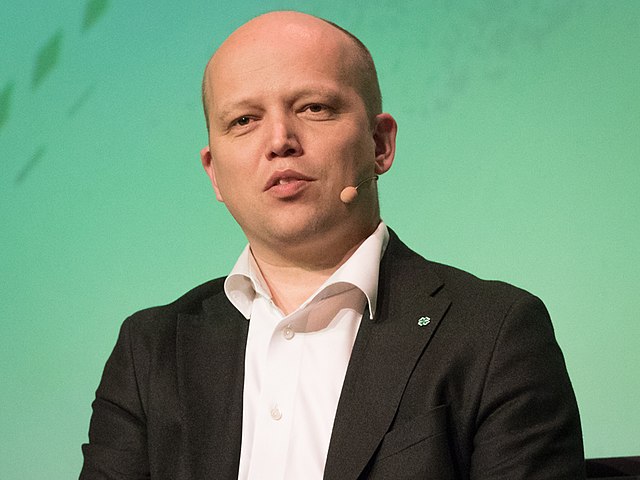Norway’s Finance Minister Trygve Slagsvold Vedum has stated that the country’s government will go ahead with plans to impose a controversial resource rent tax on the country’s aquaculture industry despite opposition from major companies.
Speaking to Norway’s e.24 ahead of the country’s budget, despite the proposed tax wiping €5.6 billion) off the Norwegian stock exchange, the government is still set to hit salmon farms with production of over 5,000 tonnes a year with the new tax.
In response to the proposals, multiple companies have abandoned or halted expansion plans. Cermaq stated that it was freezing investments worth €400 million in the country, while the company waits for a “clearer understanding of the announcement last week and the final proposal for resource rent tax.”
Similarly, Leroy Seafood, the world’s second largest salmon producer, cancelled the purchase of an additional licence capacity over the “unjustifiable framework conditions for the industry in Norway,” as a result of the proposed tax.
Mowi has announced it is cancelling its acquisition of 914 tonnes MAB for a total value of NOK 183 million (€18.3 million), claiming that “Norwegian aquaculture industry faces the greatest setback in its 50-year history, and over time Norway stands to lose its leading position within aquaculture to other countries.”
Elsewhere, SalMar’s stock market value has halved in a few months, from a peak of NOK 779.50 on 28 April to a provisional bottom of NOK 346, after a fall of another 4.2 per cent on Wednesday. This means a total loss of 55 percent or NOK 50.9 billion (€5 billion) in that time.
Rejecting concerns about “emigrating salmon barons and dying coastal village,” Vedum stated clearly that he doesn’t believe that will occur. However, this goes against what was suggested by Mowi earlier this year, when it floated that the company “is not bound by geography – it can take place in sea and on land anywhere in the world, close to its major markets.”

